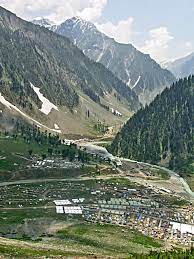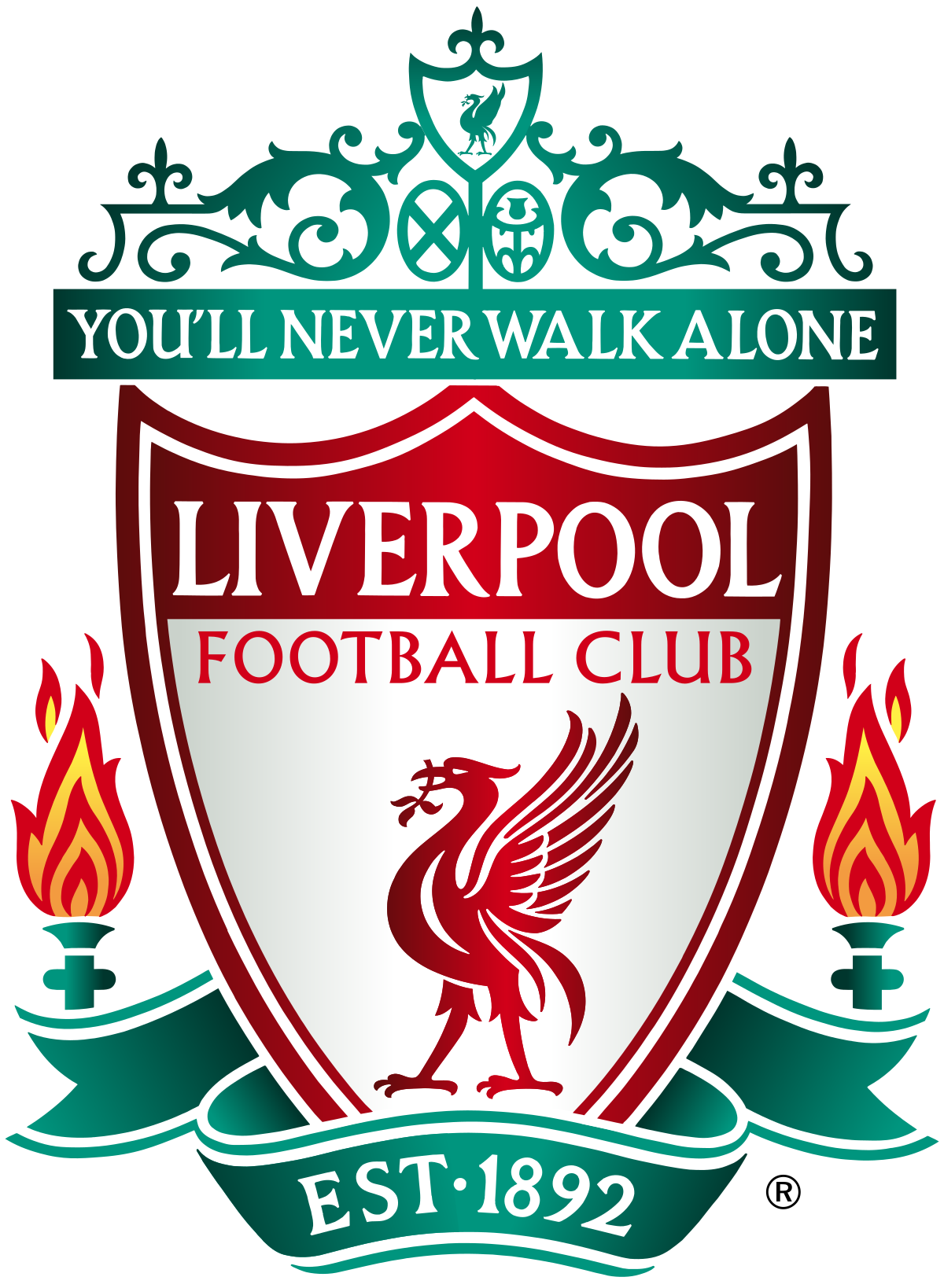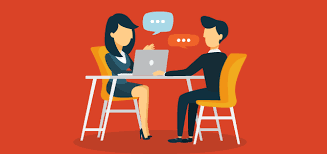climate change weather global warming sustainable
The recent COP26 climate conference in Glasgow, Scotland, marked a pivotal moment in the global fight against climate change. With the urgent need for decisive action to limit global warming and mitigate its impacts becoming increasingly apparent, world leaders, activists, and stakeholders came together to negotiate agreements and commitments aimed at fostering a sustainable future for our planet. In this blog post, we will delve into the key outcomes and initiatives emerging from COP26 and explore how individuals, businesses, and governments can mobilize to address the climate crisis and build a more sustainable world.
Key Outcomes of COP26: COP26 resulted in several significant agreements and commitments that represent important steps toward combating climate change. These include:
-
Emissions Reduction Targets: Many countries, including major emitters like the United States, China, and India, pledged to strengthen their emissions reduction targets in line with the goal of limiting global warming to 1.5 degrees Celsius above pre-industrial levels. These targets are crucial for curbing greenhouse gas emissions and mitigating the worst effects of climate change.
-
Financial Commitments: Developed countries pledged to increase financial support to developing nations to help them adapt to the impacts of climate change and transition to low-carbon economies. This includes commitments to mobilize $100 billion per year in climate finance by 2023 and efforts to ramp up funding for climate resilience and adaptation projects in vulnerable regions.
-
Phasing Out Coal: A significant breakthrough at COP26 was the Glasgow Climate Pact, which calls for phasing out unabated coal power and increasing investments in clean energy alternatives. This represents a crucial step toward reducing carbon emissions from one of the most polluting sources of energy and accelerating the transition to renewable energy sources.
-
Nature-Based Solutions: COP26 highlighted the importance of nature-based solutions in climate mitigation and adaptation efforts. This includes initiatives to protect and restore forests, wetlands, and other ecosystems, which play a vital role in sequestering carbon and enhancing resilience to climate impacts.
-
Climate Adaptation: Recognizing the need to address the inevitable impacts of climate change, COP26 emphasized the importance of adaptation measures to protect communities and ecosystems from rising sea levels, extreme weather events, and other climate-related risks. This includes investments in infrastructure, early warning systems, and sustainable agriculture practices to enhance resilience.
Mobilizing for Climate Action: While the outcomes of COP26 represent significant progress, much more needs to be done to effectively address the climate crisis. Mobilizing for climate action requires collective effort and commitment from all sectors of society. Here are some ways individuals, businesses, and governments can contribute to building a sustainable future:
-
Transitioning to Renewable Energy: Individuals can reduce their carbon footprint by transitioning to renewable energy sources such as solar, wind, and hydroelectric power for their homes and vehicles. Businesses can invest in renewable energy infrastructure and adopt energy-efficient practices to reduce emissions and operational costs.
-
Supporting Sustainable Practices: Consumers can support businesses that prioritize sustainability and ethical practices, whether it's through purchasing eco-friendly products, supporting local and organic agriculture, or advocating for corporate responsibility. Businesses can integrate sustainability into their operations by adopting circular economy principles, minimizing waste, and reducing environmental impact across supply chains.
-
Advocating for Policy Change: Citizens can advocate for strong climate policies at the local, national, and international levels by contacting elected representatives, participating in climate marches and protests, and supporting grassroots organizations working on climate advocacy. Governments play a crucial role in implementing policies and regulations that promote renewable energy adoption, carbon pricing, and emissions reductions.
-
Investing in Climate Solutions: Investors and financial institutions can drive climate action by divesting from fossil fuels and investing in climate-friendly projects and technologies. This includes supporting clean energy startups, green bonds, and sustainable infrastructure projects that contribute to emissions reductions and climate resilience.
COP26 has underscored the urgency of addressing the climate crisis and the need for concerted global action to build a sustainable future for generations to come. While the agreements and commitments made at the conference represent progress, it's clear that much more needs to be done to achieve the goals of the Paris Agreement and limit global warming to safe levels. By mobilizing for climate action at all levels of society, we can work together to mitigate the impacts of climate change, protect vulnerable communities, and preserve the planet for future generations.
Powered by: Oh! Puhleeez Branding Agency & NowUpskill
climate change weather global warming sustainable



































































































































































